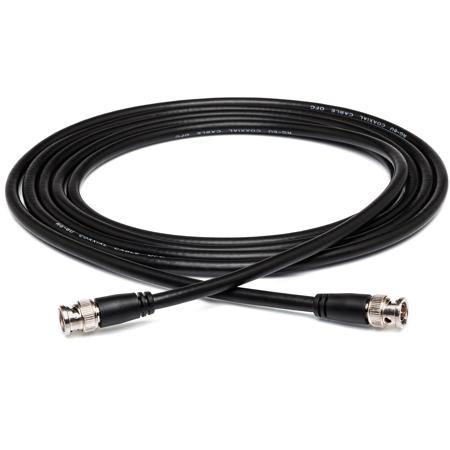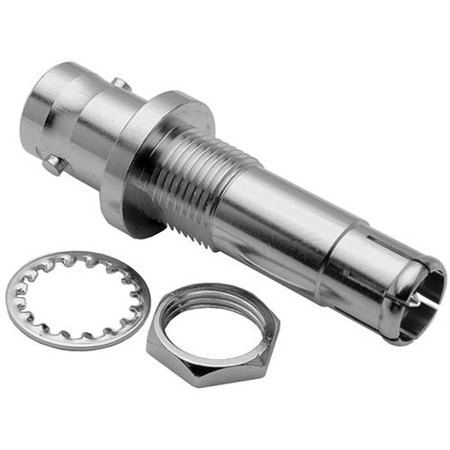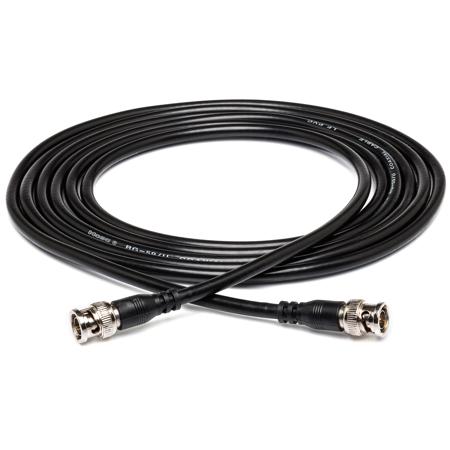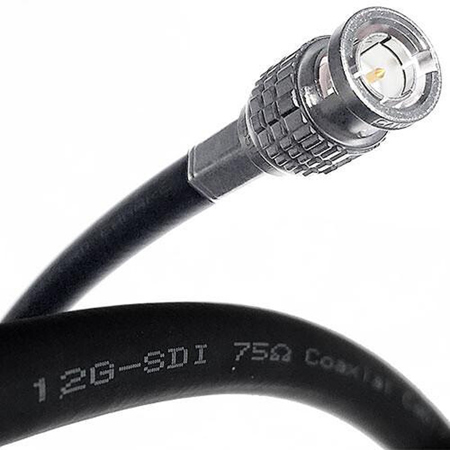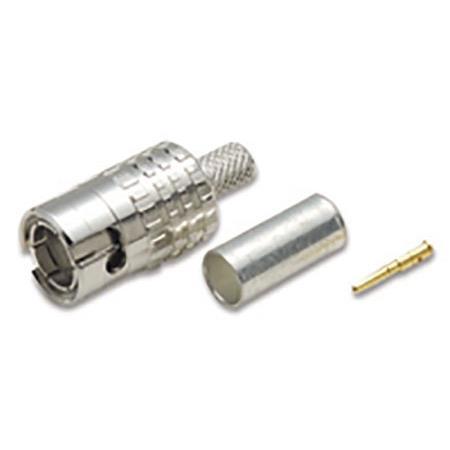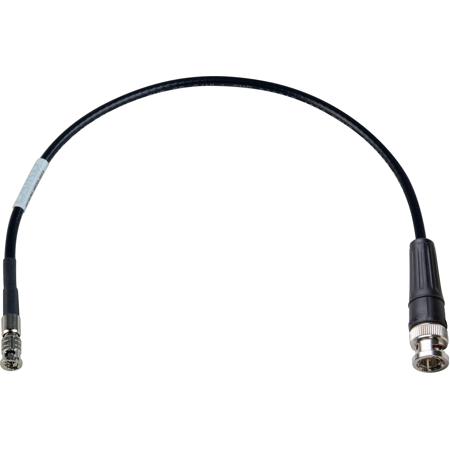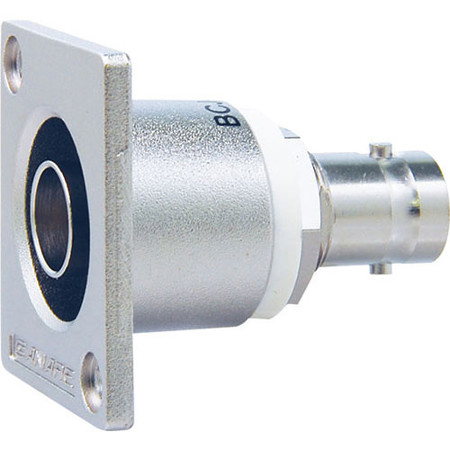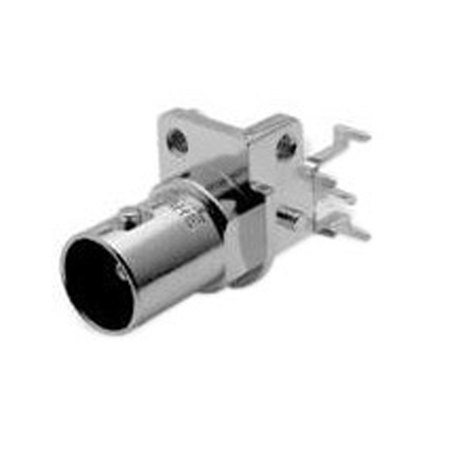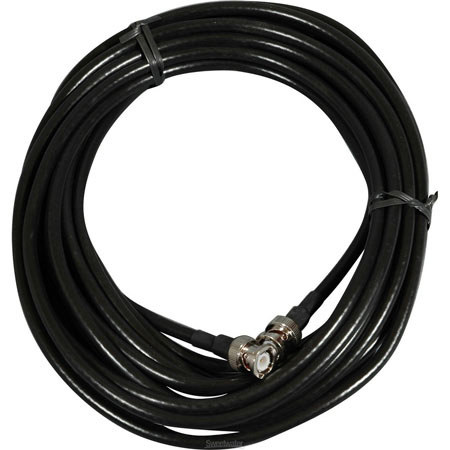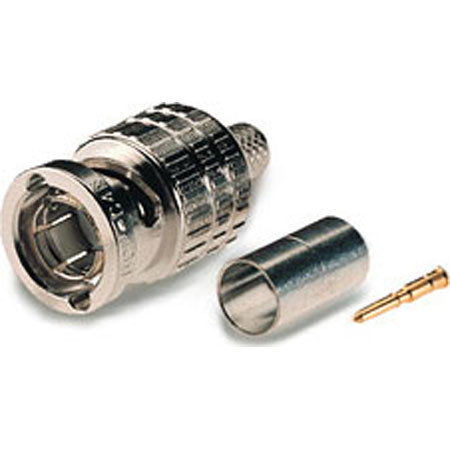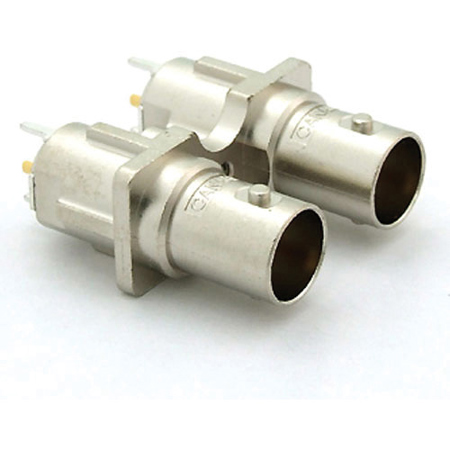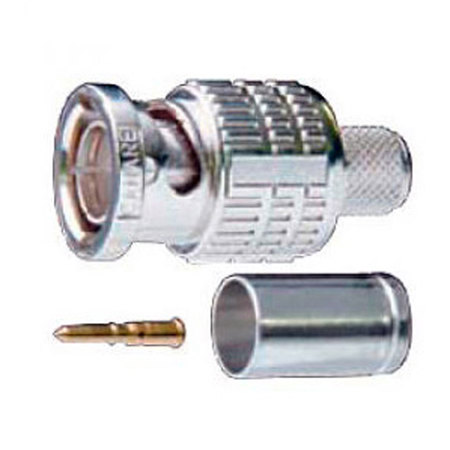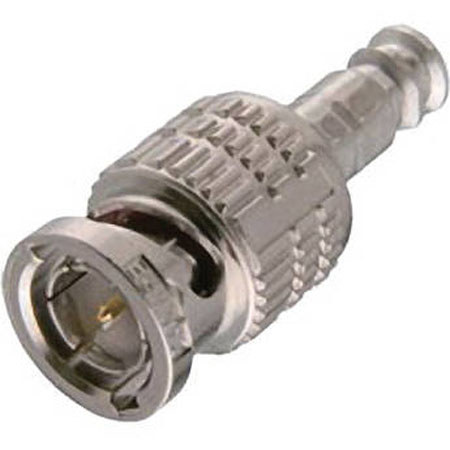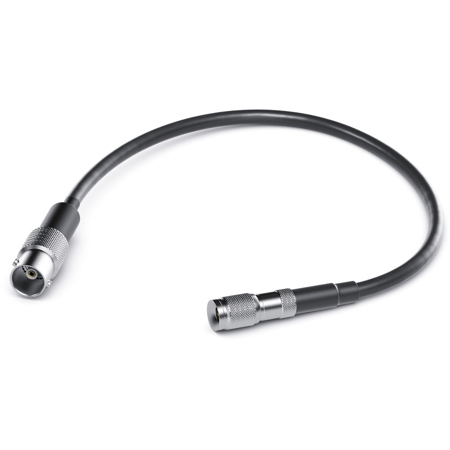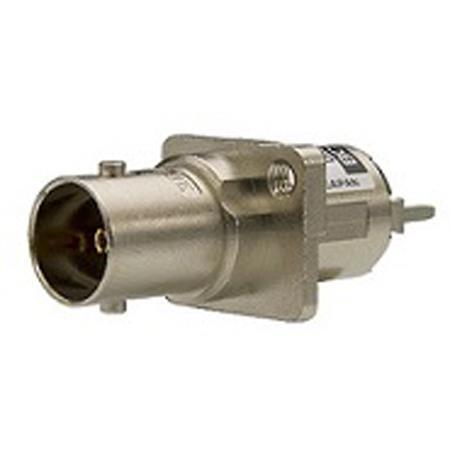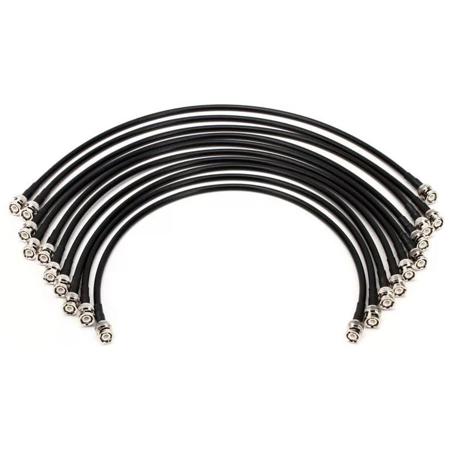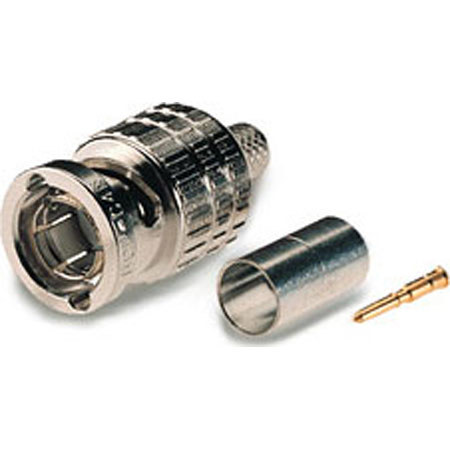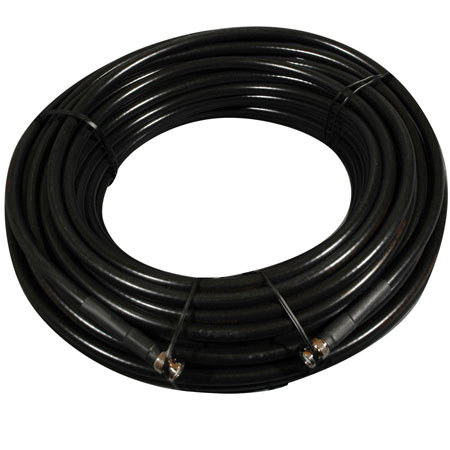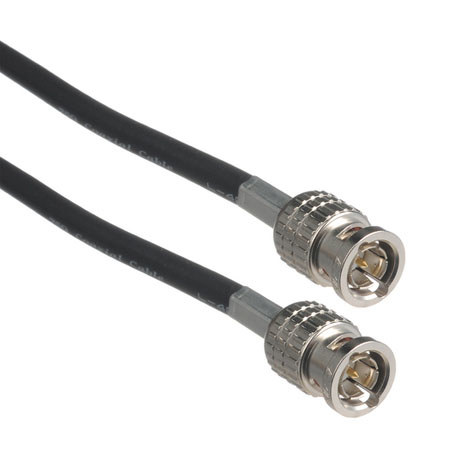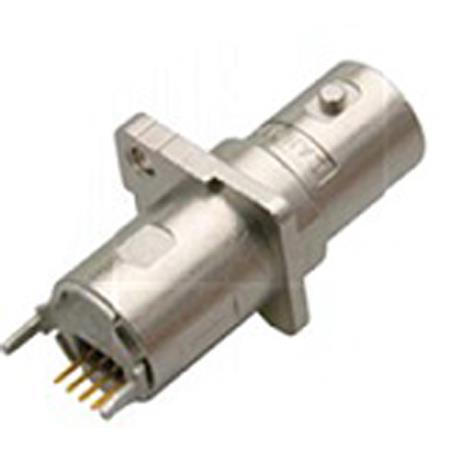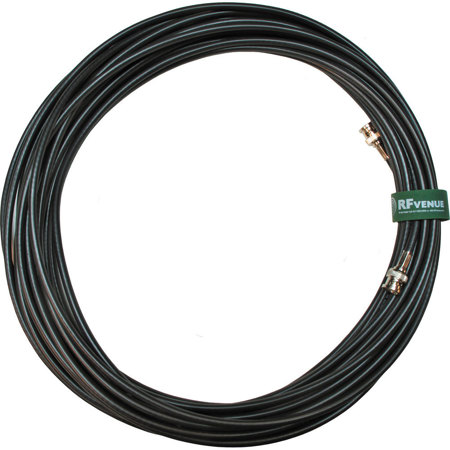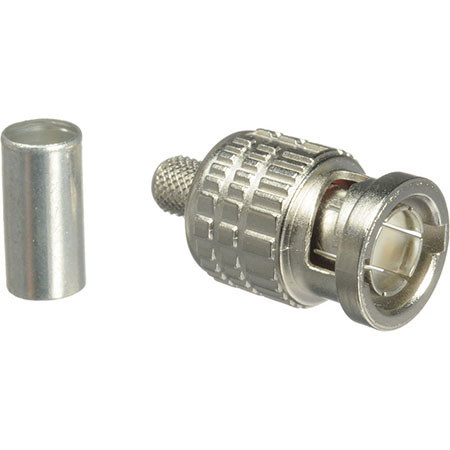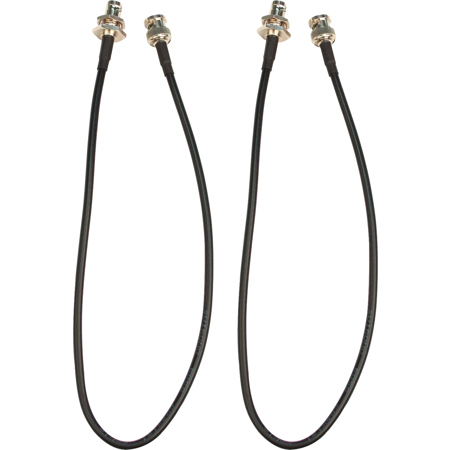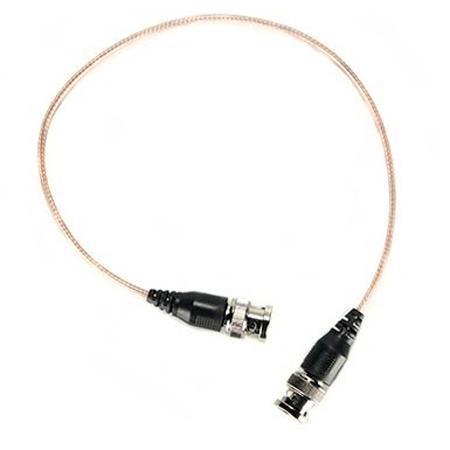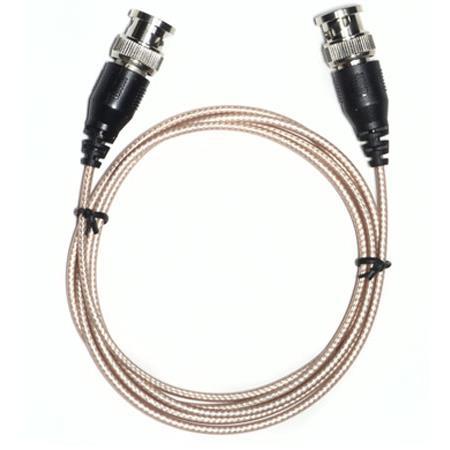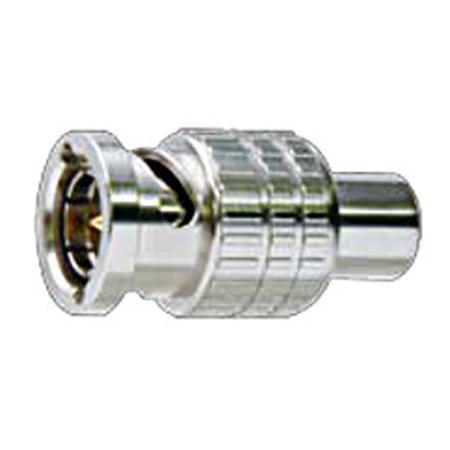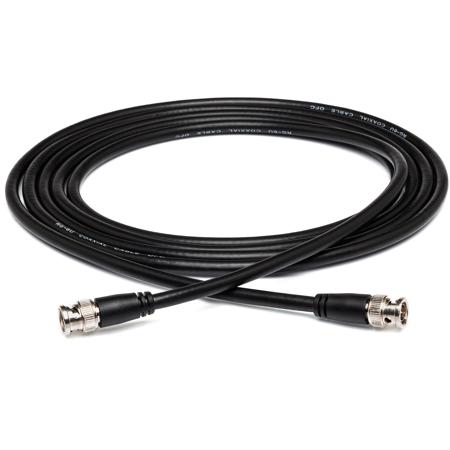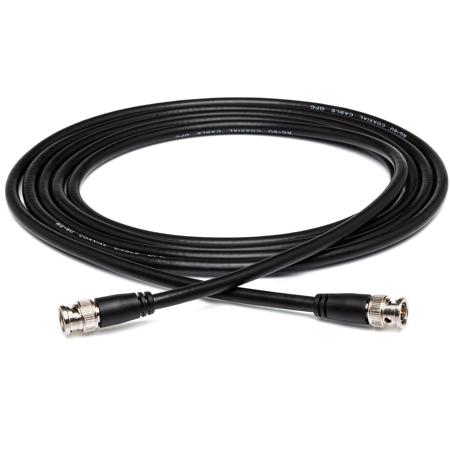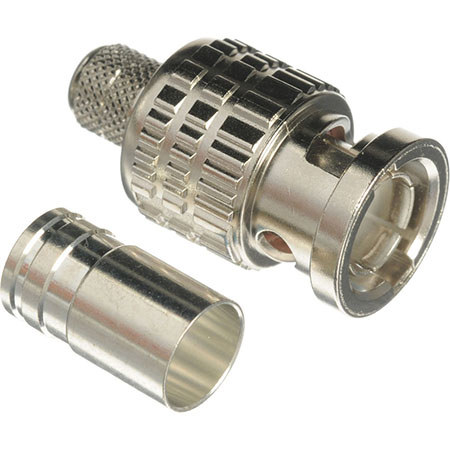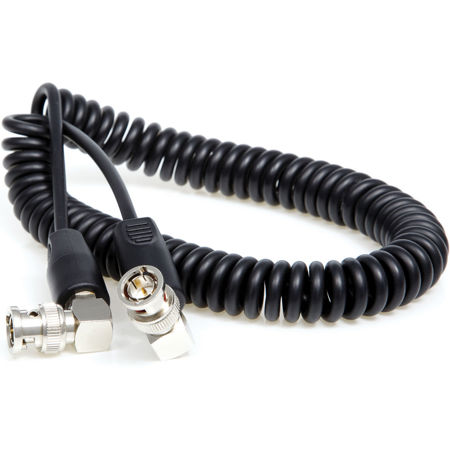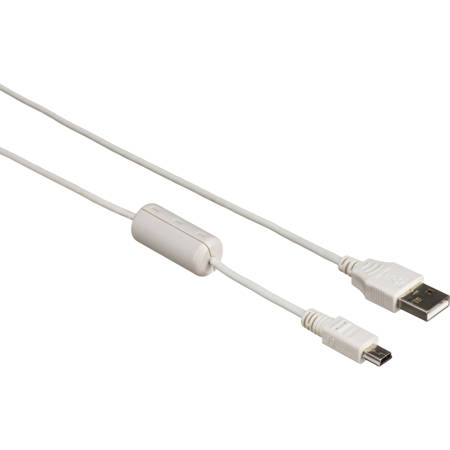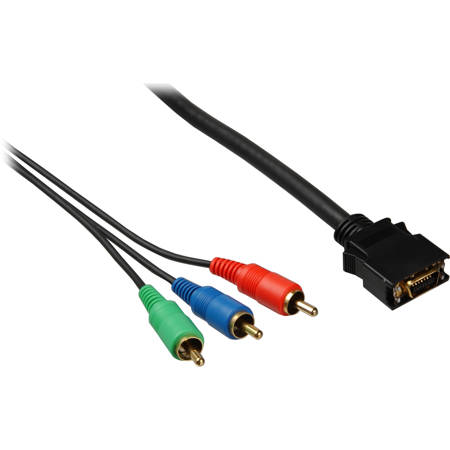BNC To BNC Cables
Whether you’re setting up a professional broadcast studio, fine-tuning a home surveillance system, or integrating high-fidelity audio and video equipment, the right BNC to BNC cable is essential for reliable signal transmission. These cables, often featuring male to male BNC connectors, are the backbone of countless video and RF applications, prized for their secure locking mechanism and robust shielding against interference. As autumn brings a new season of projects—whether that means upgrading security before the holidays, prepping for indoor video shoots, or simply ensuring your AV setup is ready for cozy movie nights—selecting the appropriate BNC to BNC cable can make all the difference in performance and peace of mind. Professionals in broadcast engineering, live event production, and security installation rely on these cables daily, trusting their durability and consistent signal integrity in demanding environments. Even hobbyists and tech enthusiasts appreciate the straightforward, twist-and-lock connection that BNC cables provide, making them a perennial favorite for both permanent installations and temporary setups.
When choosing a BNC to BNC cable, consider the specific requirements of your project—cable length, shielding quality, and impedance are all key factors. For high-definition video transmission, such as SDI or CCTV feeds, a 75-ohm cable is typically preferred, while RF and test equipment often require 50-ohm variants. The male to male BNC configuration is especially versatile, easily connecting cameras to monitors, patch panels to recorders, or test instruments to signal generators. During the fall, as many professionals gear up for end-of-year productions or safeguard their properties ahead of the busy season, gifting a set of reliable BNC cables to a budding videographer or a tech-savvy friend can be both thoughtful and practical. The tactile satisfaction of the BNC connector’s positive lock, the peace of mind from knowing your signal won’t drop mid-shoot, and the sheer versatility of these cables make them indispensable in any well-equipped toolkit. For those who need to bridge different types of equipment, pairing your cable selection with compatible adapters—such as Bnc To Rca Adapters—can further expand your setup’s flexibility, ensuring seamless integration across devices. Whether you’re a seasoned professional or just starting out, investing in quality BNC to BNC cables ensures your connections remain strong, your signals clear, and your creative or technical endeavors uninterrupted throughout the autumn season and beyond.
When choosing a BNC to BNC cable, consider the specific requirements of your project—cable length, shielding quality, and impedance are all key factors. For high-definition video transmission, such as SDI or CCTV feeds, a 75-ohm cable is typically preferred, while RF and test equipment often require 50-ohm variants. The male to male BNC configuration is especially versatile, easily connecting cameras to monitors, patch panels to recorders, or test instruments to signal generators. During the fall, as many professionals gear up for end-of-year productions or safeguard their properties ahead of the busy season, gifting a set of reliable BNC cables to a budding videographer or a tech-savvy friend can be both thoughtful and practical. The tactile satisfaction of the BNC connector’s positive lock, the peace of mind from knowing your signal won’t drop mid-shoot, and the sheer versatility of these cables make them indispensable in any well-equipped toolkit. For those who need to bridge different types of equipment, pairing your cable selection with compatible adapters—such as Bnc To Rca Adapters—can further expand your setup’s flexibility, ensuring seamless integration across devices. Whether you’re a seasoned professional or just starting out, investing in quality BNC to BNC cables ensures your connections remain strong, your signals clear, and your creative or technical endeavors uninterrupted throughout the autumn season and beyond.
